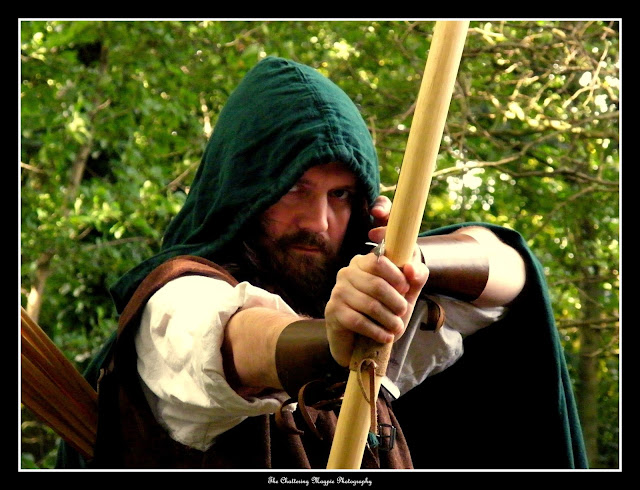The spring marches on as the weather warms and the greenery of the local countryside continues to deepen. This I observed today as I enjoyed a short walk with a friend through the woods near Ticknall. Our walk ran along the edge of the Calke Abbey estate, formally owned by the Harpur-Crewe family. The woodland where we explored bears the scars of 18th century lime workings, complete with trails, tunnels, bridges and deep pits. Yet nature has reclaimed what is in effect an old industrial site. Rare plants, clematis, orchid and others now grow here, the bird life is abundant and the deer roam free. Nature can perhaps be tamed but not indefinitely, nature will eventually take back the land from the hand of man, to leave little or no sign of our passing.
This part of our county was once replete with families of note, baronets and earls. There are houses and churches of fine architectural appearance, many bearing heraldic devices of fascination. In Nottinghamshire and Derbyshire as in other counties, the stag is one of the most noticeable heraldic beasts. The fairies' own White Hart and the Horned God of the underworld roams in splendour to this day. The families that bore him as a crest have like the lime workings, mostly gone but he remains, present and tangible.



















